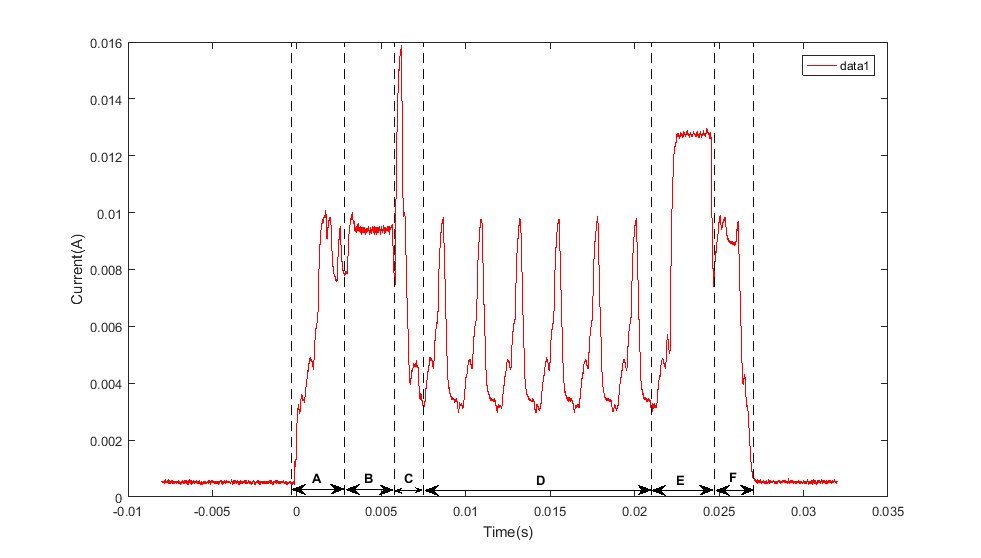Hello,
Question about power consumption in LPWAN is one of the main question, that marked in abbreviation.
But i can't get nowhere values of current consumption in working modes.
I understand that current consumption is very depend on modes of MCU core and RF transceiver and time on.
But we need to get some values that we can compare with other solutions.
I have discussion with some developers that searching for mesh network and 6LoWPAN + CC1310 especially and they all told that they can't found data about current consumption of 6LoWPAN with CC1310. So they can't make decision in TI solution way.
I think that if information about current consumption will be present in next modes it'll be great:
- working in active mode (determined by technical characteristics of SoC),
- working in sleep mode (determined by technical characteristics of SoC),
- working in periodically wake-up mode for some periods, for example 0.2 sec, 1 sec, 5 sec, 10 sec, 1 min, 1 hour,
Main question is time required for wake-up, setup RF, connect to and setup mesh network, routing packets (for routers). It's very depend on software and there is no information about required time and as result no information about current consumption.
This information required for all nodes in mesh network:
- for Host,
- for Router,
- for Sleeping Router,
- for Edge router (it's not very important, because they typically based on Linux and have external power source).
If we'll have information about consumption of nodes in some modes we'll can optimal configure nodes for application. With this information we'll can compute typical life time of nodes. It's very important for solution choosing.
Where I can get this information?
Best regards



